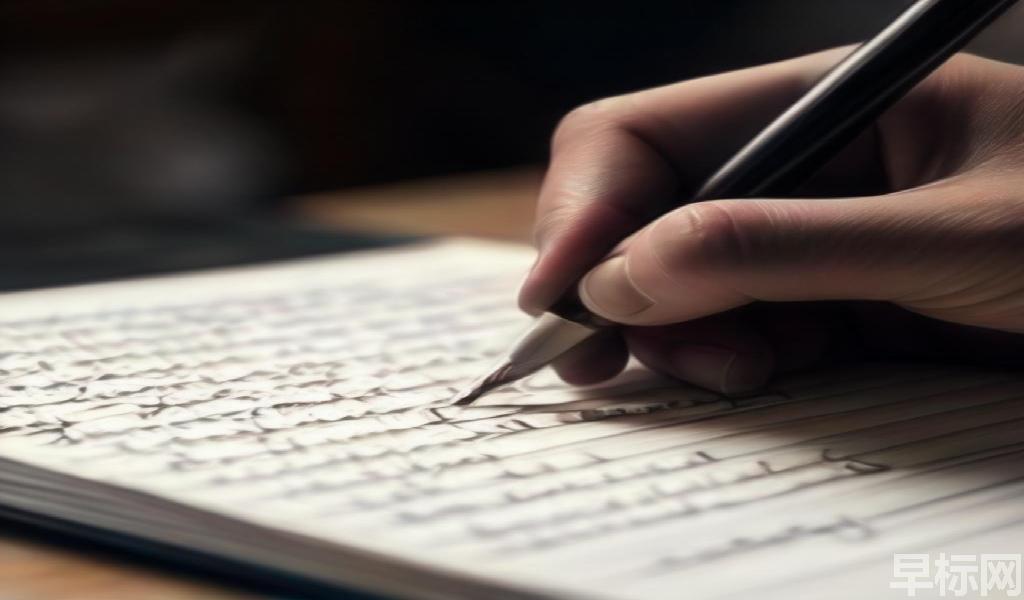英文学术论文查重流程详解
作者:早标网编辑部
关键词: 有什么免费的论文降重软件 降重软件怎么样 哪个降重软件较为靠谱
发布时间:

1. Submission: The first step in the plagiarism checking process is the submission of the paper to a plagiarism detection tool or software. There are various software programs available, such as Turnitin, Copyscape, and Plagscan, that are commonly used by academic institutions and publishers to check for plagiarism.
2. Text comparison: The plagiarism detection tool compares the submitted paper with a vast database of academic papers, websites, books, and other sources to identify any matches or similarities in the text. The software uses advanced algorithms to analyze the content and highlight any instances of plagiarism.
3. Similarity report: Once the comparison is complete, the plagiarism detection tool generates a similarity report that shows the percentage of text that matches existing sources. The report includes detailed information about the sources of the matched text, such as the title, author, and publication date.
4. Review and analysis: The author or reviewer then reviews the similarity report to identify any instances of plagiarism. It is essential to carefully analyze the matched text to determine whether it constitutes plagiarism or if it is properly cited and referenced.
 6. Editing and revisions: If the similarity report highlights instances of plagiarism, the author may need to make edits and revisions to the paper to address the issues. This may involve rephrasing sentences, adding citations, or removing the offending text.
6. Editing and revisions: If the similarity report highlights instances of plagiarism, the author may need to make edits and revisions to the paper to address the issues. This may involve rephrasing sentences, adding citations, or removing the offending text.7. Final check: After making the necessary edits, the author should resubmit the paper to the plagiarism detection tool for a final check to ensure that all instances of plagiarism have been addressed.
8. Publication: Once the paper has undergone the plagiarism checking process and any issues have been resolved, it can be submitted for publication in an academic journal or presented at a conference.
Overall, the process of checking for plagiarism in an academic paper involves submitting the paper to a plagiarism detection tool, reviewing the similarity report, addressing any instances of plagiarism, and ensuring proper citation and referencing. By following these steps, researchers can maintain the integrity of their work and avoid plagiarism in academic writing.
论文降重网站免费早标网
